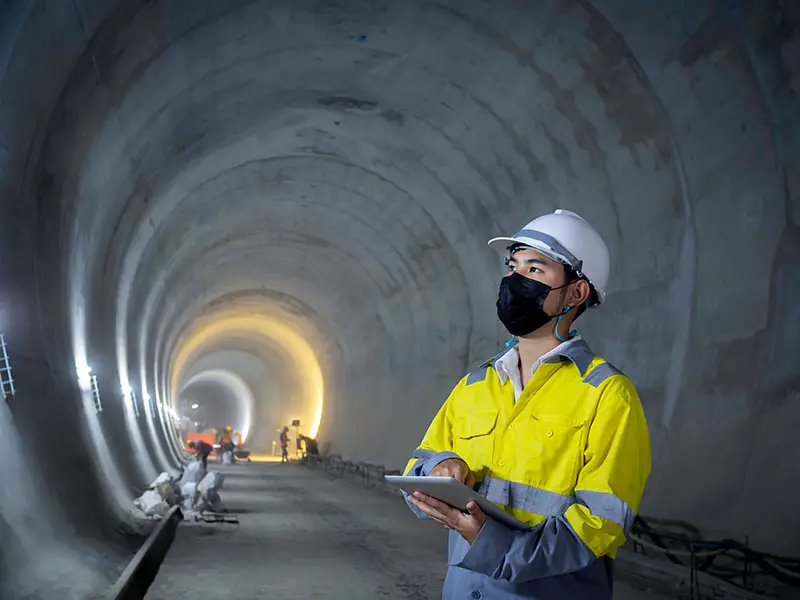The tunnel boring phase of the City Rail Link (CRL) project in Auckland, New Zealand has been concluded. The tunnel boring machine (TBM) Dame Whina Cooper broke through at Te Waihorotiu (Aotea) Station.
This phase required drilling twin, 1.6 km-long tunnels up to 42 m beneath the largest metropolis in the nation. Over 64,200m3 of concrete were used to build the City Rail Link tunnels. The TBM traveled more than 3.2 km to bore the twin tunnels from Maungawhau/Mount Eden Station to Te Waihorotiu Station. Thus this has led to placing 2,118 segment rings and removing 260,000t of spoil.
The Dame Whina Cooper TBM measures 130 metres in length and 7.15 metres in diameter. It weighs 910 tons. As tunnel boring is now complete, this TBM will be disassembled and raised above the ground. It will be delivered to the port so that it can be shipped back to its maker, Herrenknecht.
Read Also: US$ 20bn Intel semiconductor project breaks ground in Ohio
City Rail Link to boost mobility in Auckland
Auckland Mayor Phil Goff issued a statement in which he said: “The tunnelling teams’ 13 months of arduous effort have finally paid off with the final tunnel breakthrough. When complete, City Rail Link will make it quicker and simpler to travel to and through central Auckland. This will instantly triple the heavy rail system’s capacity and eventually carry up to 54,000 people per hour during rush hours.”
A collection of firms known as Link Alliance is in charge of providing CRL with the main tunnels, stations, and rail systems. “The swifter conclusion of the second tunnel reflected operational improvements and efficiency benefits,” said Francois Dudouit, project director for Link Alliance.
The current project is an updated version of earlier rail access improvements to Auckland’s downtown. They were first proposed in the 1920s. A revived interest in the plan resulted from the rise in rail ridership in Auckland at the beginning of the twenty-first century. Additionally, it was partly caused by the completion of the Britomart Transport Centre in 2003. The CRL was identified as the most significant transportation investment for Auckland in the 2012 Auckland Spatial Plan. Thus, the project has great popular support.

